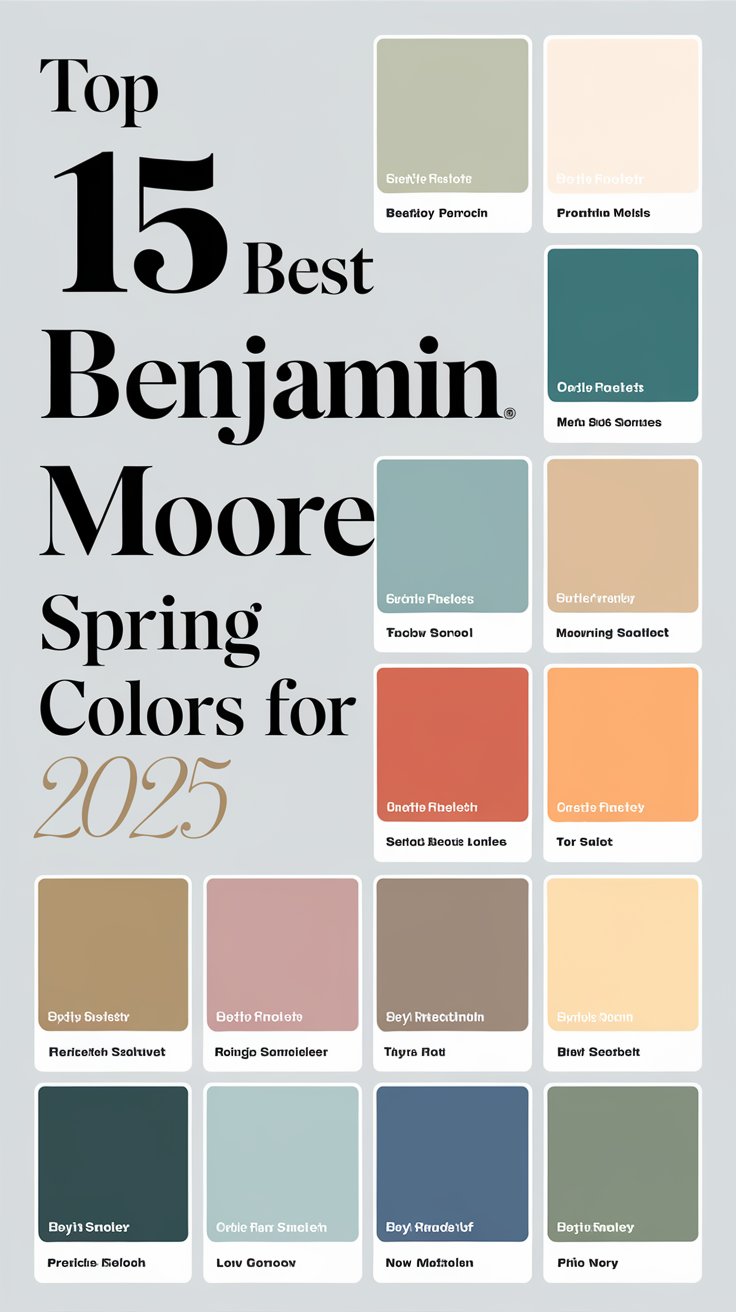Discover the secret to a good night’s sleep with our ultimate guide to selecting the perfect bedding. Find out the top picks for comfort and style.
My favorite type of bedding is a soft and cozy sheet set with a matching duvet cover. I always opt for natural materials like cotton or linen for breathability and comfort. To create a harmonious bedroom decor, I like to match the bedding colors with the overall color scheme of the room. This includes coordinating with the wall color, furniture finishes, and accent pieces. Using a primer paint for walls before painting can ensure a smooth finish, and I always consider color matching painting techniques to achieve a cohesive look. When designing spaces, it’s essential to focus on interior bedroom design and creating a relaxing environment for better sleep quality.
For hot sleepers, the best bedding materials are breathable and moisture-wicking. Materials such as bamboo viscose, Tencel, and eucalyptus are excellent choices as they are naturally cool and offer superior moisture-wicking properties. These fabrics help regulate body temperature, keeping you cool and comfortable throughout the night. Additionally, cotton with a percale weave is a good option for hot sleepers as it is lightweight and breathable.
My Lovely Spring Paint for 2025
Ready for a Spring Makeover? Explore the Freshest 2025 Paint Trends!
White Sage/Green SW Pistachio green Soft blue Honeysweet/Orange Pink Sugar Sage Tint BMAs an Amazon Associate, I may earn a commission from qualifying purchases at no extra cost to you.
Mixing and matching different bedding colors can create a cohesive and stylish look in your bedroom. Start by choosing a color scheme or theme for your bedding, such as a neutral palette or complementary colors. You can mix different patterns and textures to add visual interest while keeping the overall color scheme cohesive. Consider using solid-colored sheets as a base and incorporating patterned pillowcases or throw blankets for a layered effect.
Silk bedding is an excellent choice for sensitive skin due to its smooth and hypoallergenic properties. Silk is gentle on the skin and can help reduce irritation and allergies. It is also naturally temperature-regulating, making it suitable for hot sleepers. When selecting silk bedding for sensitive skin, opt for high-quality, pure mulberry silk to ensure maximum comfort and benefits.
To care for linen bedding, it is essential to follow the manufacturer’s care instructions. Linen should be machine washed in cold water on a gentle cycle with a mild detergent. Avoid using bleach or fabric softeners as they can damage the fabric. Line drying is preferable for linen bedding, but you can tumble dry on low heat if needed. To minimize wrinkles, remove the bedding promptly from the dryer and smooth out any creases by hand.
My fAV Spring DECOR for 2025
Discover Spring’s Best 2025 Decor Combinations – Perfect for Any Room!
Oversized Indoor Plants White Curved Sofas Rugs BOH Brown Cream Moroccan Hype Boho Rug Outdoor Patio Furniture Sets Topfinel Pillow CoversAs an Amazon Associate, I may earn a commission from qualifying purchases at no extra cost to you.
When selecting bedding that complements your bedroom decor, consider the color palette, style, and texture of your existing furnishings. Choose bedding that complements or contrasts with the wall color, furniture, and decor accessories in your bedroom. You can add decorative pillows, throw blankets, and bed runners to tie together the overall look and create a cohesive aesthetic. Consider the mood you want to evoke in the space, whether it be tranquil and soothing or bold and vibrant.
There are several eco-friendly bedding options available for environmentally-conscious consumers. Organic cotton bedding is a sustainable choice as it is grown without synthetic pesticides or fertilizers. Bamboo bedding is another eco-friendly option as bamboo is a fast-growing and renewable resource. Tencel and eucalyptus bedding are made from sustainable wood pulp and produced using environmentally-friendly processes. Additionally, recycled polyester bedding is made from reclaimed plastic bottles, reducing waste and environmental impact.
Alternative bedding materials to traditional cotton include bamboo, linen, and hemp. Bamboo bedding is soft, breathable, and naturally antibacterial, making it a great choice for those with sensitive skin. Linen bedding is durable, moisture-wicking, and has a relaxed, lived-in look. Hemp bedding is a sustainable option that is hypoallergenic, antimicrobial, and biodegradable. These alternative materials offer unique benefits and can provide a luxurious and eco-friendly bedding experience.
When choosing your favorite type of bedding, consider your personal preferences, sleep habits, and lifestyle. Experiment with different materials, colors, and textures to find the bedding that best suits your needs and style. Whether you prefer the crispness of cotton, the softness of silk, or the breathability of bamboo, selecting the right bedding can enhance your sleep quality and overall comfort.
Key Takeaways:
1. For hot sleepers, opt for breathable and moisture-wicking bedding materials like bamboo viscose, Tencel, and eucalyptus.
2. Mix and match different bedding colors to create a cohesive look by choosing a color scheme and incorporating patterns and textures.
3. Silk bedding is ideal for sensitive skin due to its smooth and hypoallergenic properties.
4. Care for linen bedding by following manufacturer’s instructions, machine washing in cold water, and avoiding bleach and fabric softeners.
5. Select bedding that complements your bedroom decor by considering color palette, style, and texture.
6. Explore eco-friendly bedding options such as organic cotton, bamboo, Tencel, eucalyptus, and recycled polyester.
7. Consider alternative bedding materials like bamboo, linen, and hemp for a sustainable and unique bedding experience.







